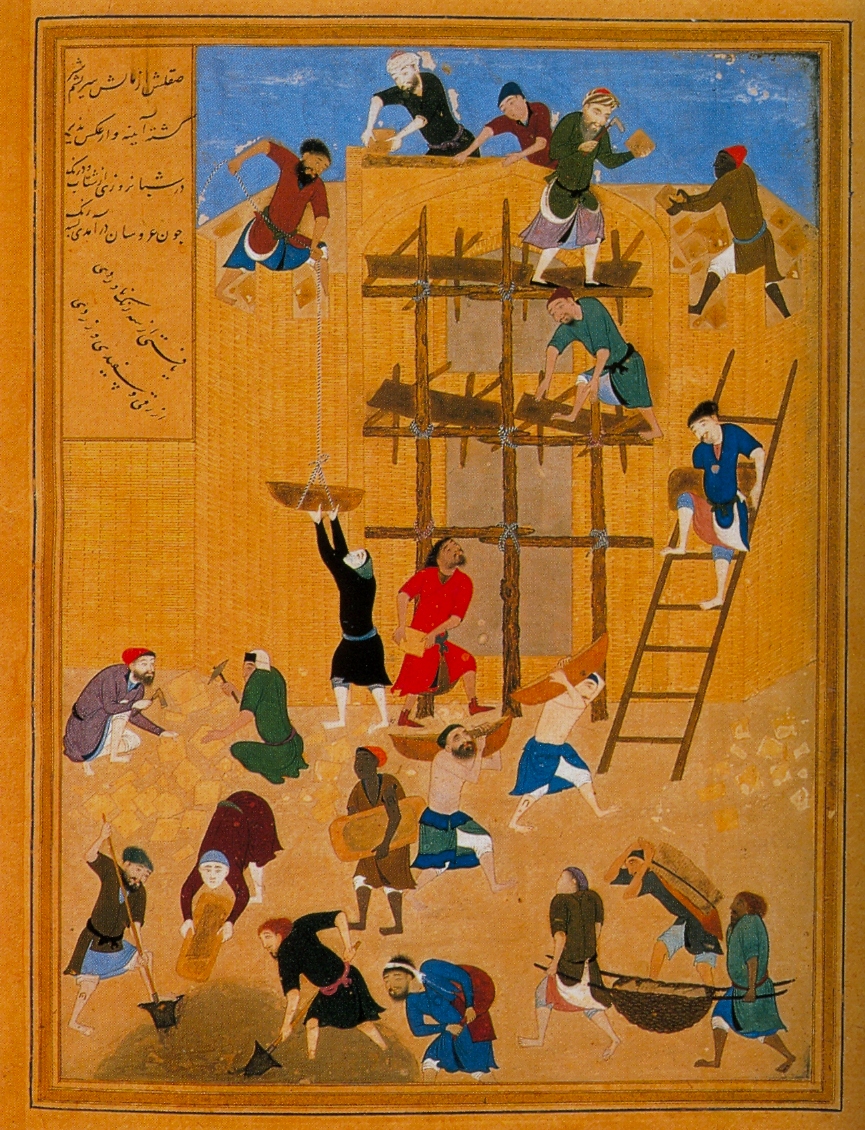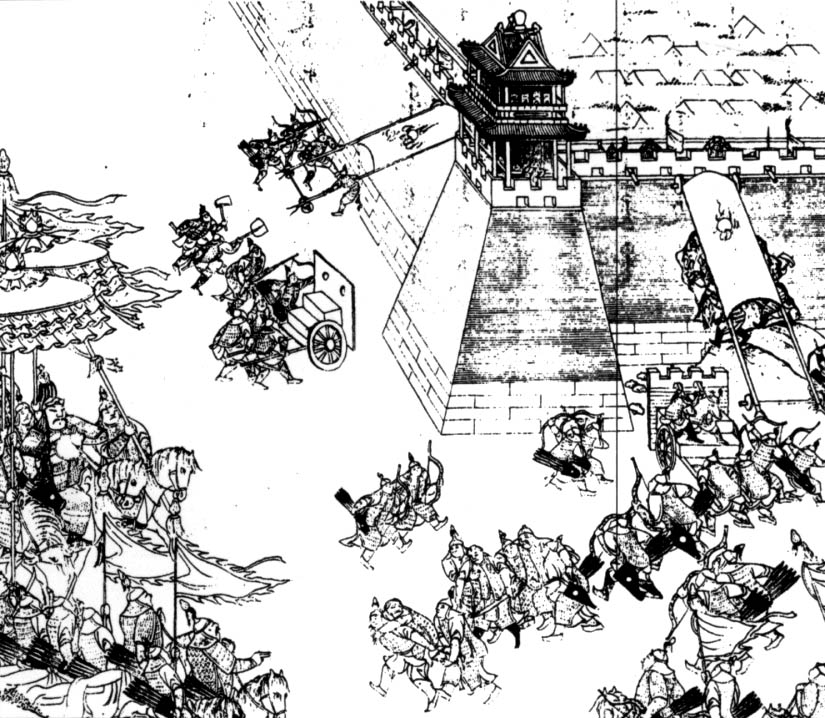
By locking down Boston did we let the terrorists win?
Contextualizing media claims about the Boston bombers’ Chechen heritage.
“The ‘Aleppoisation’ of Southern Syria.”
Secretary Kerry urges NATO to prepare a response if the Assad regime uses chemical weapons, a “red line” Israel and others allege the regime has crossed. But when do chemicals used as weapons become ‘chemical weapons’? Is this a meaningful distinction (pdf)?
In Burma, Buddhist monks instigate violence targeting Muslims.
India still feels the ghosts of the 1984 anti-Sikh riots that killed 3,000.
Foreign Policy and Freedom House collect powerful images of non-violent resistance.
Is the “last wave” of UN peacekeeping operations slated for neglect?
New work on loss of political control of nuclear weapons (via Rebecca Johnson).
Dan Drezner and Jay Ulfelder both have primers for Twitter-curious academics and researchers. For those interested, the LSE Public Policy Group has a useful resource on the topic (pdf).






